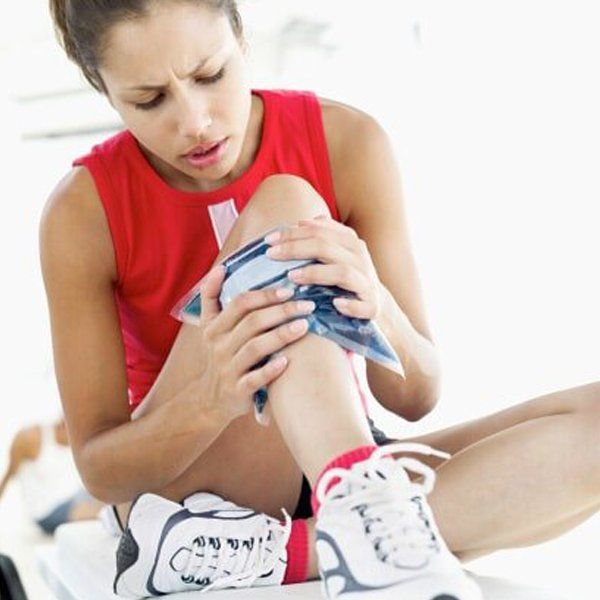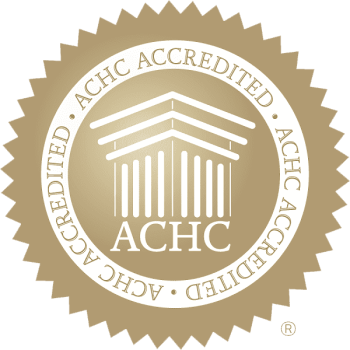Sports Injury Treatment at Pain and Disability Institute
Sports Injuries
ROTATOR CUFF TEAR
A complete tear may clinically resemble an acute peritendinitis in that there is pain, marked limitation, and tenderness. The arm cannot be abducted at the glenohumeral joint and the patient shrugs.
A partial tear reacts exactly as does peritendinitis with the torn fibers contracting and forming a swelling of the cuff, which obstructs free motion in the suprahumeral space.
Physical Medicine and Rehabilitation Measures
Surgical repair should be considered in a complete tear in a reasonably young person whose activities and profession require full range of shoulder motion with good strength. However, in elderly or severely debilitated patients, surgical repair may not be successful or lasting. With full understanding by the patient of the possible outcome of surgery, every patient, nevertheless, can be considered a surgical candidate. Postoperative care will require a full exercise program as outlined for the other shoulder conditions.
TENNIS ELBOW
Pain and tenderness over the lateral epicondylar region in using the forearm in motion of wrist extension and supination is commonly termed tennis elbow or lateral epicondylitis.
TREATMENT
Wrist immobilization with a cock-up splint or with a plaster cast relieves the tension on the wrist extensors. No immobilization of the elbow is indicated.
The site of tenderness can be injected with a mixture of an anesthetic agent and steroid. The exact site of pathology should be injected.
When all conservative means fail, surgical intervention may be requested.
Sports - Knee Injury
PAIN SYNDROMES
Complaints of pain in the knee must be clarified by clinical manifestations.
Collateral Ligament Pain Syndromes
- A similar force or stress that causes meniscal tears can cause ligamentous tears.
- Ligamentous injuries may be accompanied by meniscus injuries and this fact must always be kept in mind.
- Injury to the cruciate ligaments causes anteroposterior instability.
Ligamentous Injuries
- Ligamentous strains or minor tears actually heal well in time, and active exercises must be begun early.
Meniscal Injuries
- Meniscal tears in the inner two thirds of the meniscus (the avascular zone) do not heal whereas those whose tears are in the outer vascular zone and are reduced can heal.
After successful reduction and adequate immobilization, restoration exercises should be undertaken. The major exercise program should be to strengthen the quadriceps mechanism.
- If conservative physical medicine and rehabilitation measures fail, then surgical intervention is indicated.
- And physical medicine and rehabilitation measures are initiated post operatively for early rehabilitation.







